How Good Form became a home for the makers who shape modern design
Written by
30 October 2025
•
4 min read
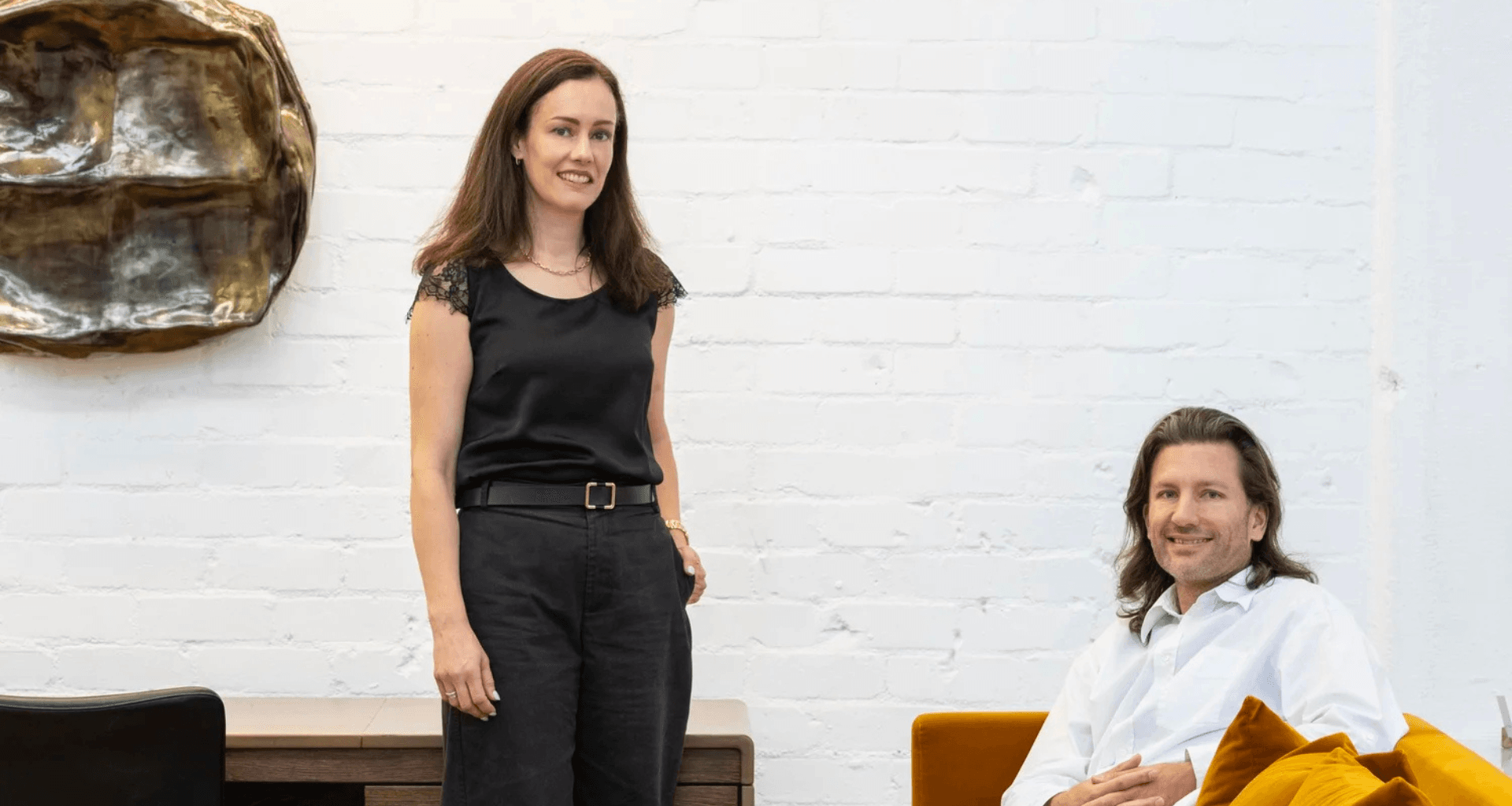
Along Auckland’s busy Newton Road, Good Form’s showroom offers a quiet contrast. It’s a space where design can be appreciated; where vintage pieces hold memories alongside contemporary works awaiting new homes, and designer lighting drapes over sculptural forms. It’s a place to sit, look and touch to experience the beauty of craftsmanship.
For founders Emma and Dan Eagle, collecting has never been about accumulating beautiful things, but about understanding them. Uncovering the story of each piece and preserving its place in the design world. Through thoughtful curation, they weave past and present together, preserving a lineage of great design while championing the makers shaping its future.
“We live in a fast-fashion world. It’s tempting to chase trends, but for us, it’s always been about finding what’s authentic. Things made to last, not to sell quickly,” says Dan.
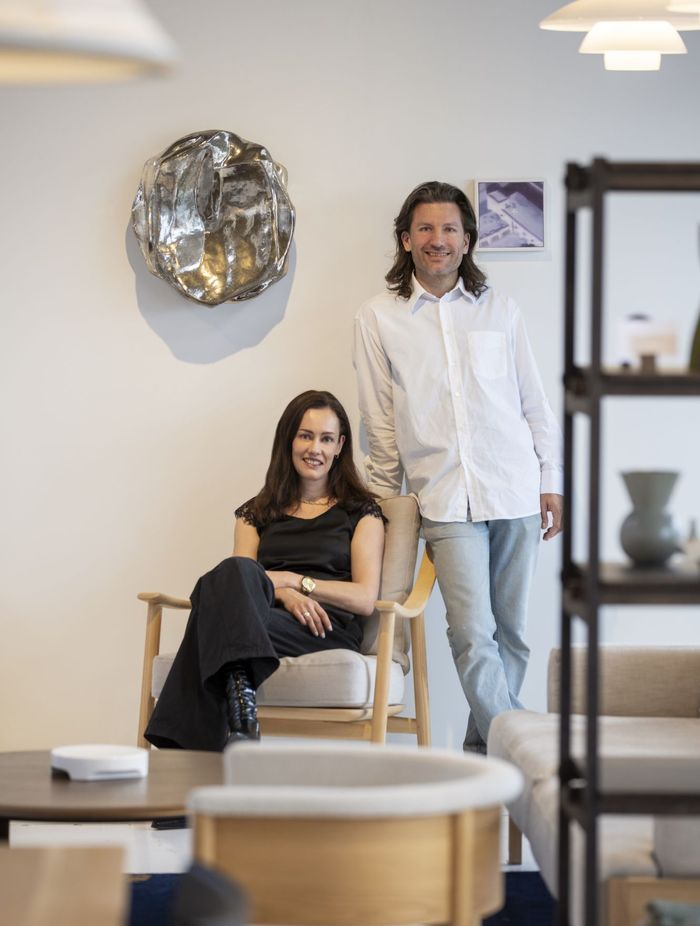
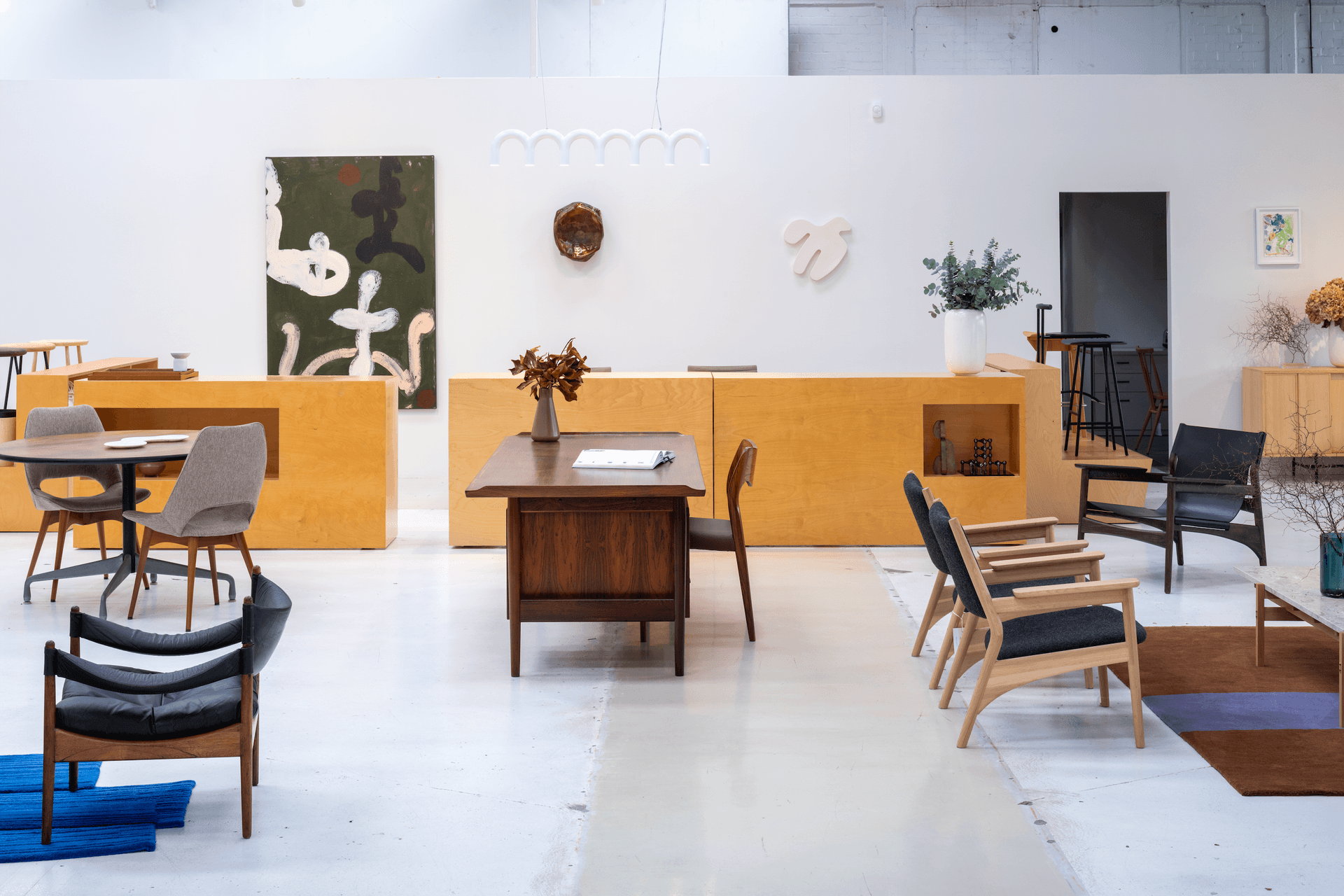
Before founding Good Form, Emma and Dan shared their passion for vintage design through Mr. Bigglesworthy, a gallery devoted to sourcing, restoring and rehoming mid-century furniture from New Zealand and abroad. But as the business grew, they began to feel the limitations of working solely with vintage pieces. Naturally, this led to the creation of Good Form, where the same philosophy is expressed through both heritage works and today’s makers.
“When we started, vintage design was often shown as retro or nostalgic. We wanted to present it as contemporary, and to show that good design is always relevant,” says Dan. “Every piece that comes in passes through our hands. Some are mid-century originals, others are new works from designers who share the same values. It’s always relevant, respecting the past while looking forward.”
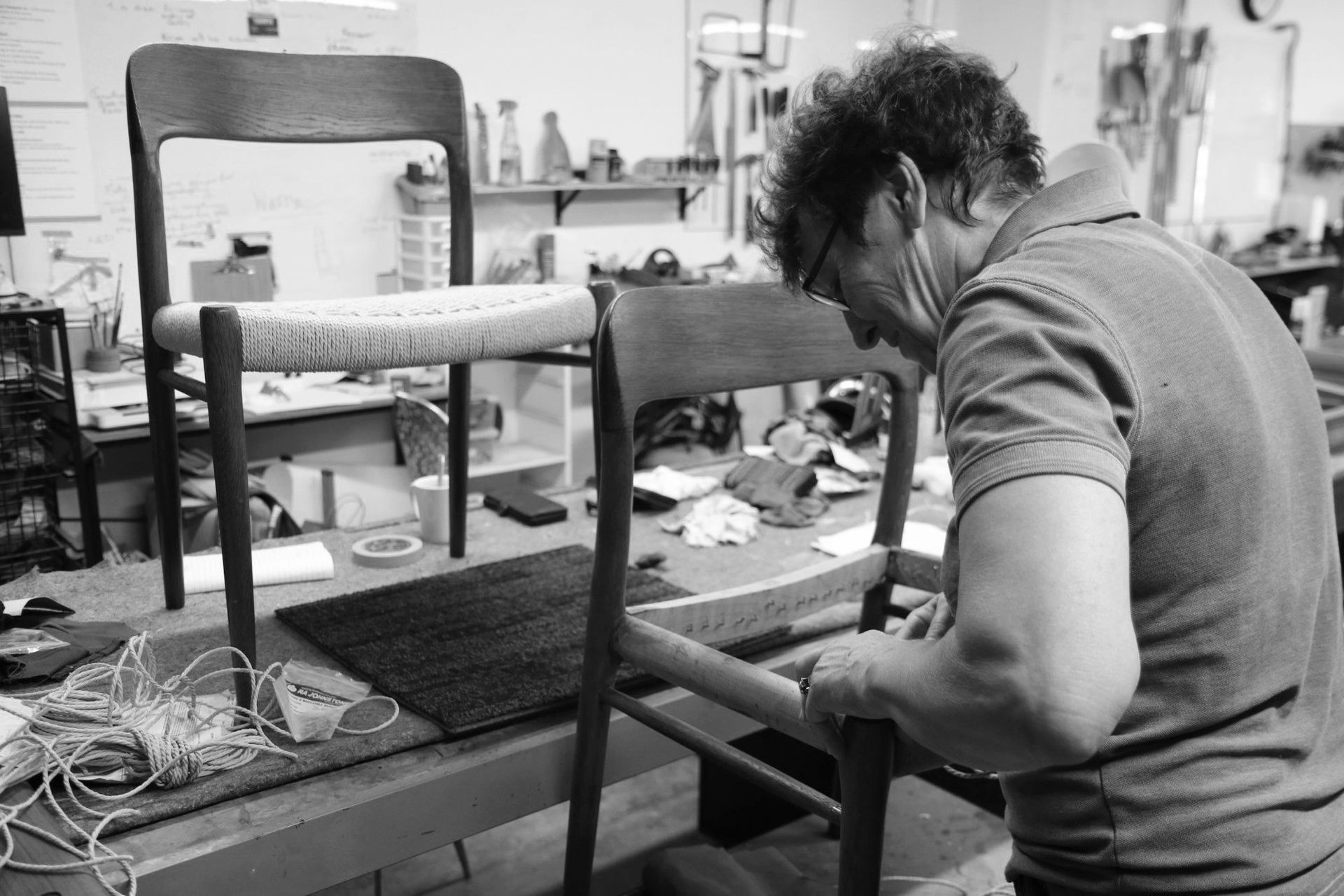
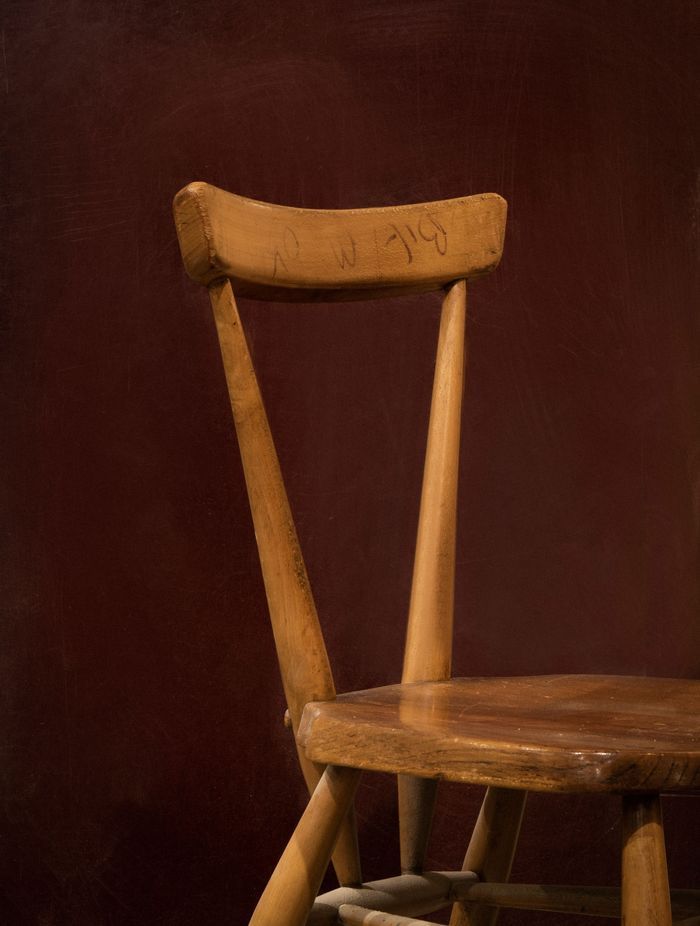
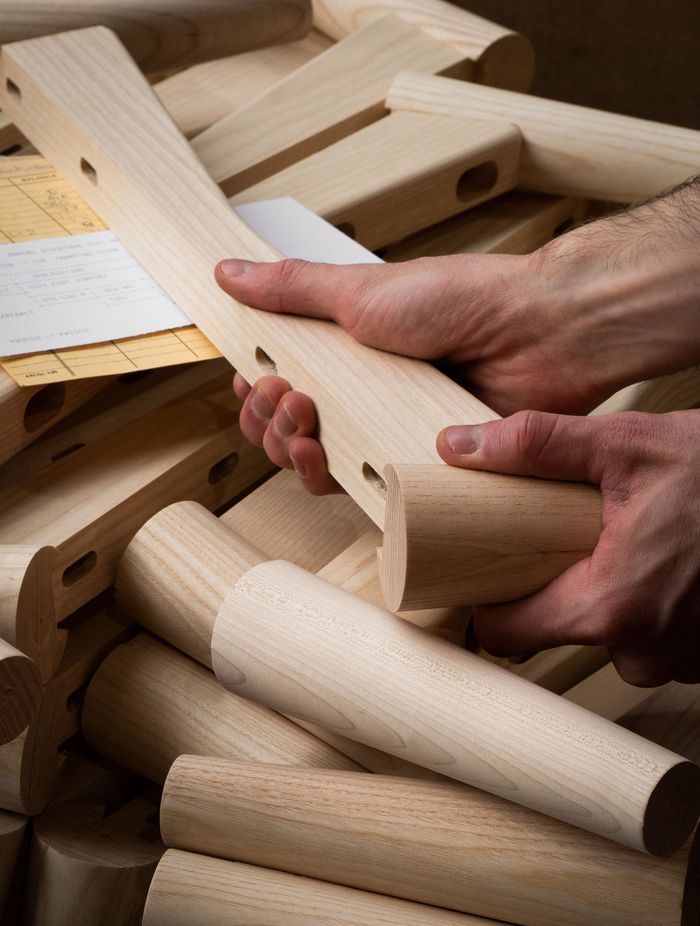
Having started his collecting days by rescuing discarded furniture from the roadside, Dan’s creative eye has always been influenced by structure and form.
“I’ve always been drawn to architecture and modernism, that sense of clarity and structure. I’ve always admired typography and poster design too, the way they use form and space. It’s similar with furniture; it’s about how everything works together and feels balanced.”
For Emma, it’s about the discovery. They’re uncovering forgotten stories of the makers and bringing them back to life.
“I really enjoy scouring through whatever’s available to find out the history, because so often these products are so old that their stories are almost forgotten. It’s a real pleasure to write about them and bring those people and stories back to life,” she shares.
“Collecting is a special kind of curiosity. It’s about wanting to know where something comes from, who made it and why it matters. That’s what keeps me doing it.”
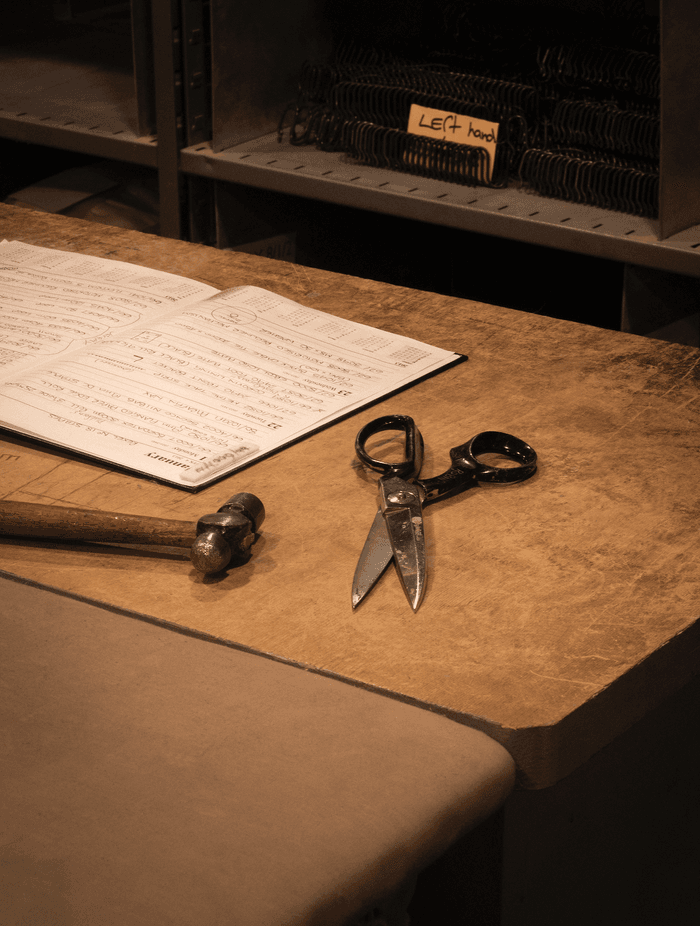
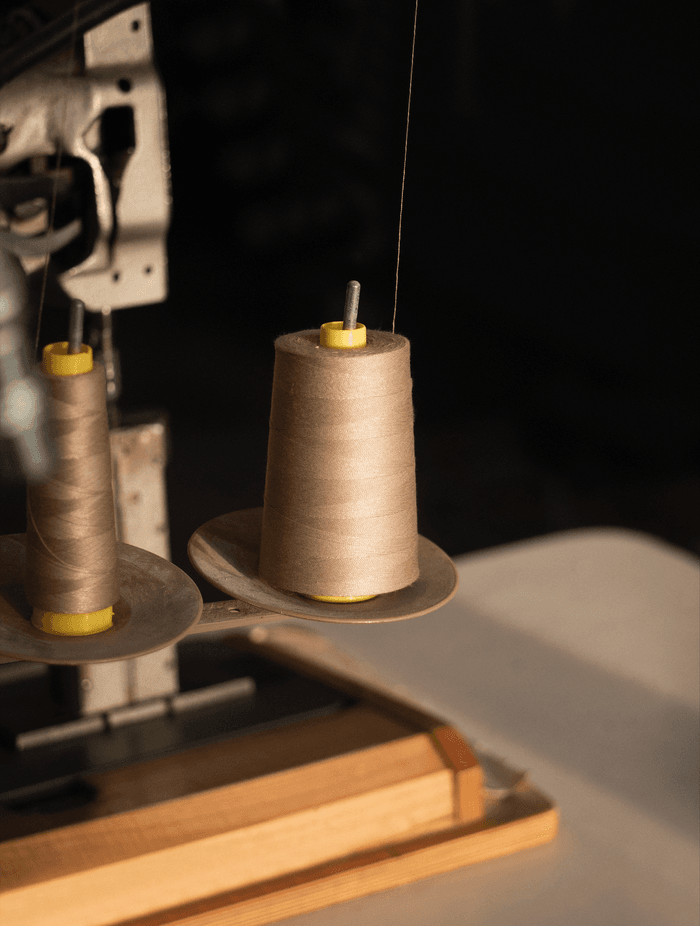
So often these products are so old that their stories are almost forgotten. It’s a real pleasure to write about them and bring those people and stories back to life.
Every decision, from the makers they represent to the way the pieces are displayed, has been shaped by this philosophy of sharing and preserving.
“We’ve always loved displaying objects in ways that do them justice, where each piece has its own moment. It’s how we connect people to the story behind the design,” explains Emma. “Our curatorial eye has been shaped by years of research and discovery. You learn what makes something truly well made, not just how it looks, but how it feels, how it ages.”
This pursuit for craftsmanship, quality and authenticity underpins everything showcased at Good Form, and Emma and Dan invite visitors to experience the beauty they see. It’s a reminder that good design doesn’t demand attention, it simply, and quietly, endures.
“In a world of constant reinvention, we want to stand for continuity, for the idea that something well made can stay relevant for decades,” says Dan.